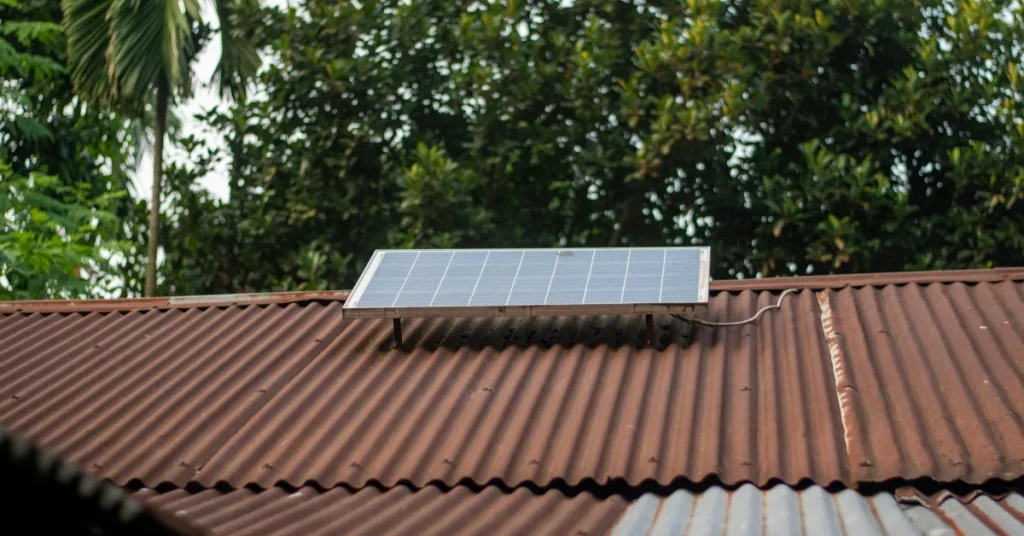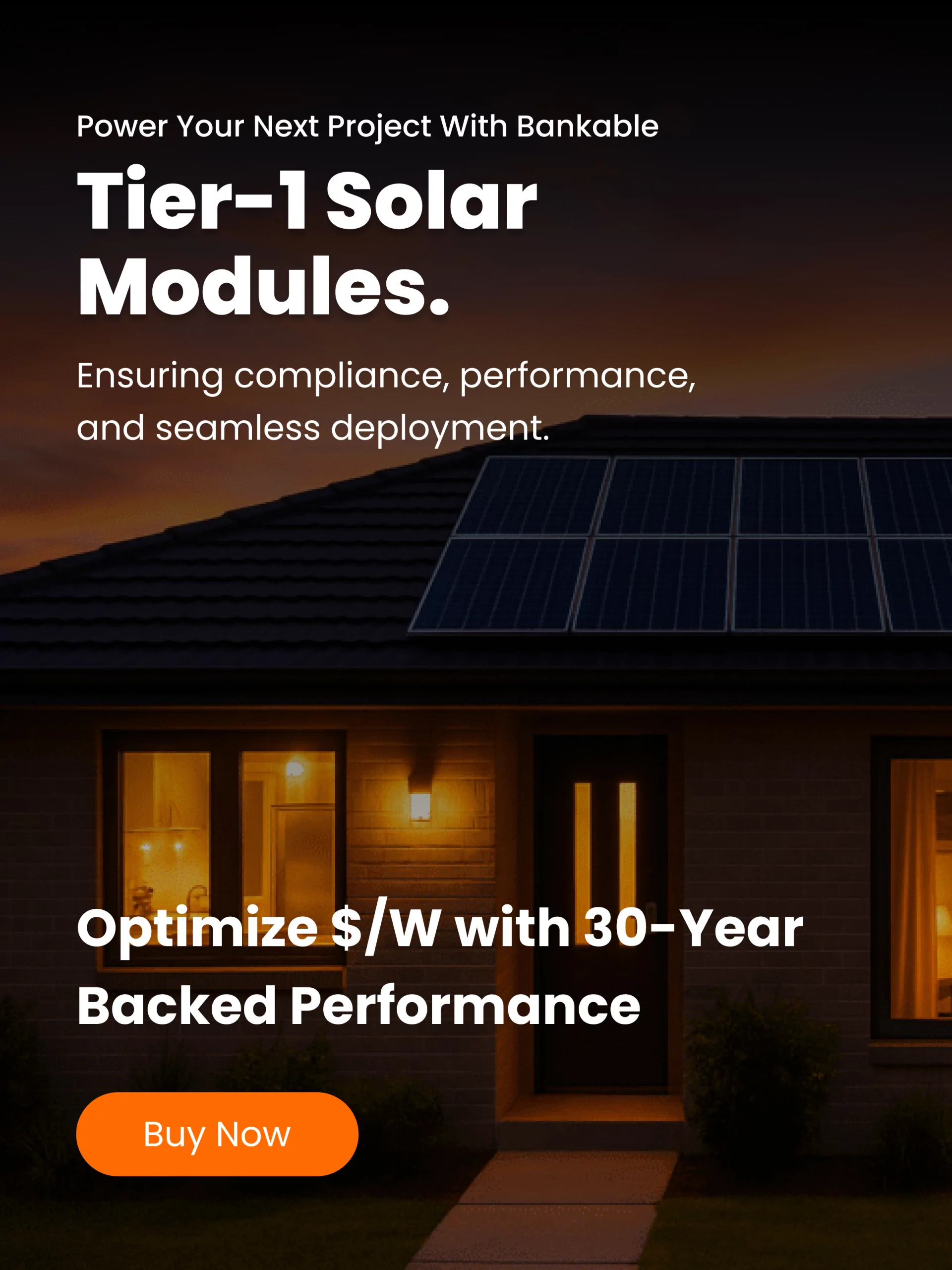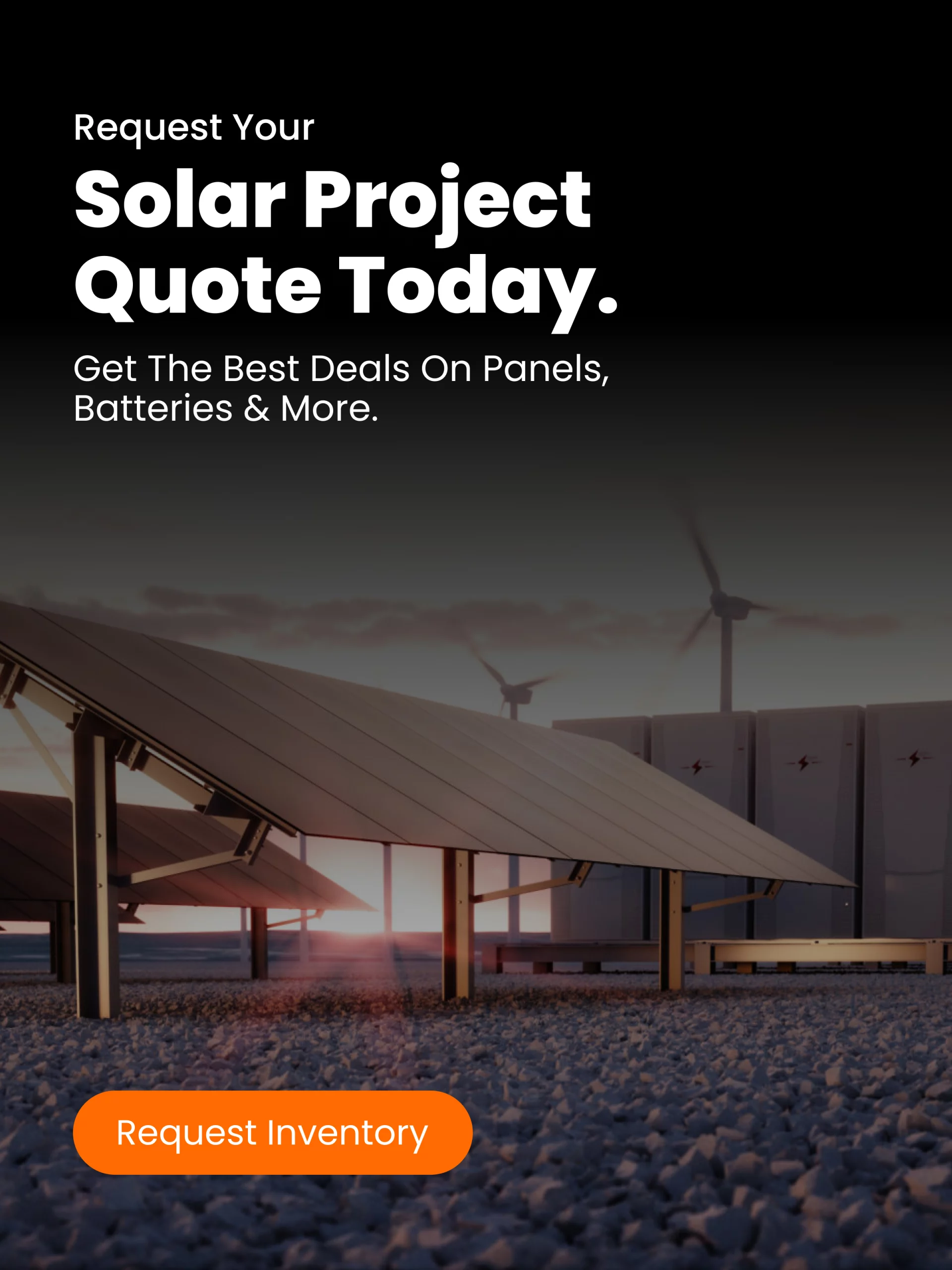Choosing where and how your solar panels are mounted is an essential part of designing a solar system. The mount or racking system may often be overlooked in favor of panels and inverters, but it plays a critical role in durability, performance and longevity of the installation. Whether you have a rooftop, ground-mounted or specialty surface, understanding mounting options helps you make smarter decisions and avoid surprises.
In this guide, we’ll explain what solar panel mounting and racking are, describe the key components, compare rooftop versus ground-mount systems, outline cost considerations, and highlight factors you should evaluate when your installer presents options.
What are solar panel mounting and racking
When solar panels are installed they must be secured to a structure – your roof, the ground or even a canopy. This is where mounting and racking come in.
- Mounting refers to the system of attachments and structural connections that anchor the panels to the surface.
- Racking refers to the rails or frames that hold the panels themselves, allowing proper spacing, tilt and alignment for maximum sunlight exposure.
Together, a mounting system ensures that solar panels are held safely in place for decades, can withstand weather like wind and hail, and can be accessed for maintenance. Properly installed mounts help prevent roof leaks, structural damage and premature system failure.
Key components of racking systems
A typical mounting system is built out of several main parts: roof attachments, mounting rails, and module clamps.
- Roof attachments are the points where fasteners penetrate the roof structure to secure the system. For pitched roofs, this can include flashing to prevent water entry. If not properly installed, roof integrity can be compromised.
- Mounting rails are the horizontal or angled rails that the solar modules rest on. They provide structural support and allow installers to mount panels with the correct tilt. Some newer systems may use rail-less designs, but most still rely on rails.
- Module clamps are the mechanical parts that secure each panel (or a set of panels) onto the rails. These clamps must match panel size, thickness and mounting rail type, and they must resist corrosion, loosening or movement over time.
Understanding these components can help you ask better questions of your installer and compare options more effectively.
Rooftop mounts versus ground-mount systems
Rooftop mounting
Rooftop installations remain the most common for homes. Because many roofs already exist, using the roof space avoids additional land cost. Modern racking systems are designed to work with many roof types: asphalt shingles, tile, standing seam metal, flat roofs and more.
Some of the advantages of rooftop mounts: they use existing infrastructure, often require fewer permits, and keep the panels within easy reach for inspection. However, rooftop systems are constrained by roof orientation, shading, roof age and structural capacity. If your roof is old or heavily shaded, performance may suffer or additional structural work may be needed.
Ground-mount systems
Ground-mounted racks are used when roof space is insufficient, roof orientation is poor, or the property owner wishes to optimize panel orientation and tilt for maximum production. Ground systems allow panels to be placed at the ideal angle and direction, and often allow larger system sizes.
Ground mounts come with their own considerations: land cost, excavation or foundation work, exposure to wind or weather and potentially higher installation labour. Some ground mounts are ballasted (weighted to stay in place) instead of drilled into the earth, which can reduce land disturbance. These systems are ideal for larger residential systems, farms, commercial properties and remote facilities.
How much mounting adds to system cost
While solar panels, inverters and electrical work are often the costliest parts of a system, mounting and racking still represent a noticeable portion. In many installations, mounts account for around 10% of the total system cost. For example, if your solar system cost $15,000, you might expect the mounting portion to cost about $1,500.
The exact cost will vary depending on:
- Mount type (rooftop vs ground, stationary vs tilt)
- Roof or land complexity (steep slope, difficult terrain, special materials)
- Material choice (aluminum vs steel, corrosion resistance)
- Labour and local permitting or inspection requirements
When comparing quotes, ask installers for a breakdown of mount cost and check whether they used premium rails, flashing systems, or labour-intensive attachments.
What to evaluate before choosing mounts
When your installer presents mounting options, here are important questions and considerations:
- Roof or site condition – Is your roof structurally sound? Are there signs of leakage or age that might warrant replacement before installing solar? For ground mounts, is the land level, accessible and properly rated for solar use?
- Roof material and penetrations – How will attachments be secured to your roof type? Are they using flashing or sealants to prevent leaks? Avoid systems that compromise roof warranty or integrity.
- Tilt and orientation concerns – Will your panels be oriented south or southwest (in the U.S.)? Is tilt adjustable or is it fixed? The mount should allow positioning that maximizes sunlight.
- Wind and environmental ratings – The racking system should meet local codes for wind load, snow load, seismic or hail protection, depending on your location. Make sure the manufacturer provides rating documentation.
- Access and maintenance – Ensure that rail spacing and layout allow access to panels for cleaning, inspection and repair. For ground mounts, ensure proper spacing for equipment and vehicles.
- Warranty and material quality – What warranty is offered on the mounting components and fasteners? Quality mounts often have warranties of 20 years or more. Materials like anodized aluminum or stainless steel will resist corrosion.
- Future system expansion – If you plan to add panels, a battery or EV charger later, make sure the mount system is designed with modularity in mind.
- Installation and local regulations – Does the installer handle permitting, structural engineering and utility interconnection? Are there HOA or local code issues with certain mounts or visibility of panels?
Asking these questions can ensure you avoid surprises and build a system that delivers over the long term.
Why mount choice affects performance and durability
Good mounting systems do more than hold panels in place, they influence how much sunlight your system captures and how long it will continue producing electricity. For example:
- Proper tilt and spacing reduce shading and allow airflow, which keeps panels cooler and more efficient.
- Secure attachments prevent panel movement or wind damage, which can degrade output or cause safety issues.
- High-quality rails and fasteners reduce the risk of corrosion or component failure over decades.
- Ground mounts allow optimal orientation where roofs are sub-ideal, boosting yield.
When mount choice aligns with site conditions and system goals, you’ll avoid many common issues like leaks, mechanical failures or under-performance.
Final thoughts
Mounting and racking may not be the flashy part of a solar system, but they are foundational to success. A well-designed mounting system ensures your panels are positioned correctly, remain safe for decades, and deliver the highest possible energy output given your conditions.
Whether you plan a rooftop installation on a home or a larger ground-mounted system on a property, take the time to review mounting options, ask questions, and understand how your installer designs the racking. The mounting system is a long-term investment, it affects durability, performance and value.
Pick a mount system that suits your roof or land, aligns with your budget, and meets good material and warranty standards. When done right, your solar system will not only produce clean electricity, but will do so reliably and efficiently for years to come.




